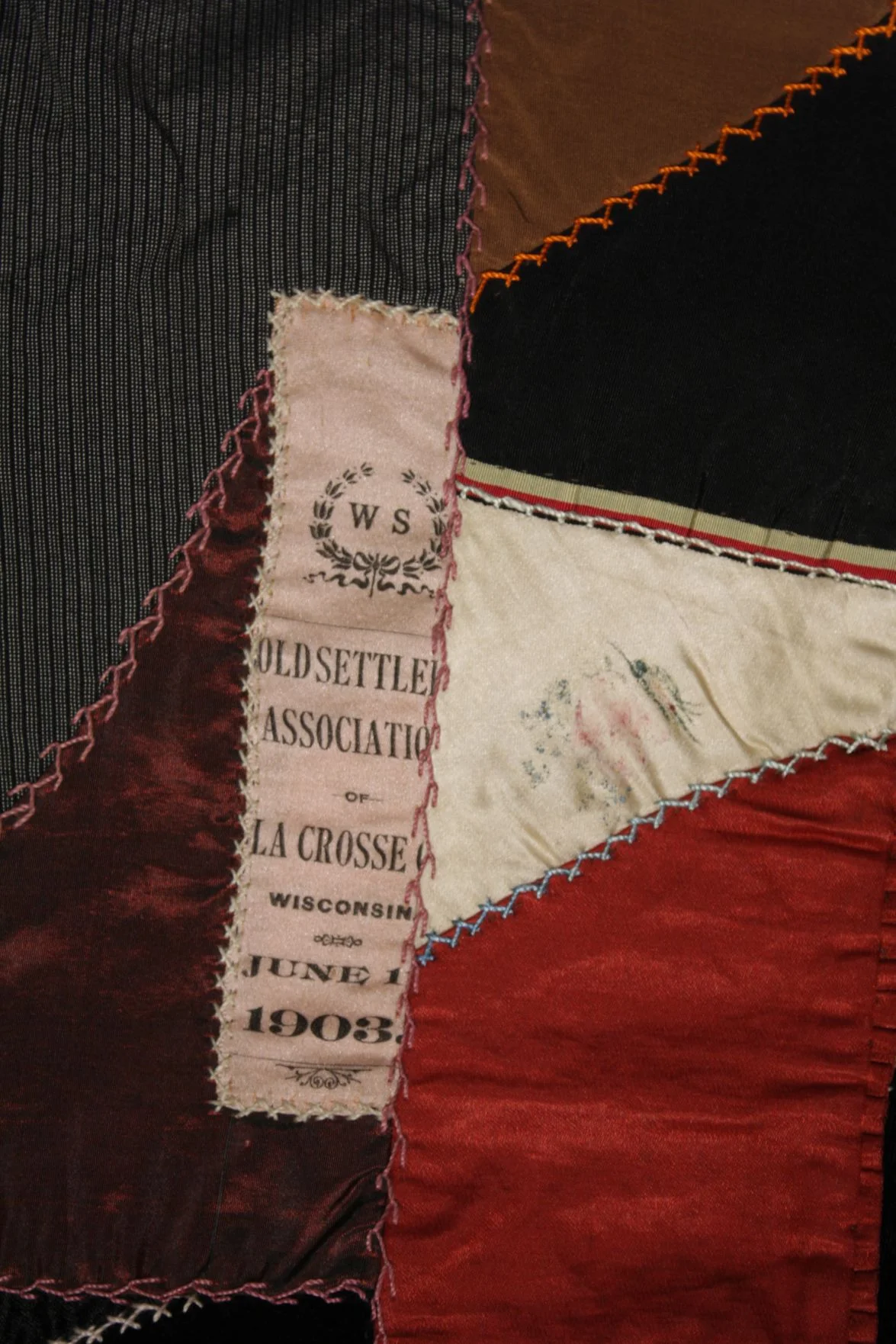Peggy Derrick
Copyright La Crosse County Historical Society
On the corner of Seventh and Badger streets, surrounded by the Western Technical College campus and City Hall, stands a big old yellow house. It is the last remnant of its old neighborhood and one of the oldest buildings in La Crosse.
Built and used by the Hixon family, the house was donated by the family to the La Crosse County Historical Society in 1965, and for over 50 years, we have given public tours of its remarkably intact circa 1910 interiors. These interiors reflect the wealthy lifestyle of early taste makers in local society, and their opulence and historical authenticity are what impress visitors.
But the building itself is actually quite unremarkable from an architectural standpoint. It fits into a broad style category known as “vernacular,” meaning that common methods of construction were used to make a house like many others, without the involvement of an architect. At best, one of the popular style books of the day would have been the builder’s reference point. At one time there would have many similar homes, both large and small, throughout the small frontier town.
The specific style, known as Italianate, is recognized from the house’s deep eaves, supported by large ornamental brackets. Italianate homes have much less “decoration” than other Victorian styles, and the Hixon home maintained its simplicity of design throughout several additions.
The building reflects the story of the man who built it, Gideon Hixon, and the family he raised there. In the 1850s, many people from the east coast of the United States were moving westward, settling on the frontier in the Midwest, acting on the national conviction that it was their natural right, or Manifest Destiny, to do so.
Gideon, a young man from Massachusetts, came with his wife and her brother, and in partnership began working in the new and quickly expanding lumber business. Sarah died within the first year, but shortly after Gideon brought his sister and widowed mother to La Crosse. He needed a place for them, as well as a couple of brothers who came and went, to live. The first section of the house was begun in 1858. The last addition was made in 1900.
Between those dates Gideon remarried in 1861, to Ellen Pennell, another New Englander, and they had five sons, all born in the house. By the time of his death his lumber business had made him a very wealthy man. His sons had grown, gone into the family business and continued to increase the family wealth.
The Hixons proved themselves to be not just successful capitalists but generous civic patrons as well, funding hospitals, schools and parks. From Granddad Bluff to Riverside Park, La Crosse to this day reflects their influence.
I find it interesting that this personal generosity, and love of beauty and comfort within their home, was not combined with any need for public show. Ellen and Gideon Hixon never saw a need to replace their modest wood house with something bigger and fancier on “lumber barons’ row,” on Cass Street. Gideon was true to his New England roots and remained a practical man who did not spend money he didn’t have to. In 1892, he died in the house on Seventh Street, which was surrounded by mostly modest homes in a less than prestigious part of town. His widow, Ellen, continued to live their until her death in 1913.
After that, their children kept the house as their mother had left it, until donating it to the LCHS in 1965. We have cared for it since then, and, like all old houses, it needs a lot of upkeep. Right now it needs painting; it has been 14 years since it was last done, and the exterior is looking pretty shabby from peeling paint. Estimates are coming in at nearly $25,000, so we are kicking off a campaign to “Repaint Historic Hixon House” on Giving Tuesday.
You can help preserve this rich legacy of local history by participating and donating to help Repaint Historic Hixon House. It’s going to be a lot of money for us to raise and we need help! You can donate at our website, www.lchshistory.org, or contact our office at 145 West Ave. S., La Crosse. Phone number is 608-872-1980.
Let’s make Gideon and Ellen’s house look good again, and take care of it for the future.
This article was originally published in the La Crosse Tribune on November 25, 2017.



